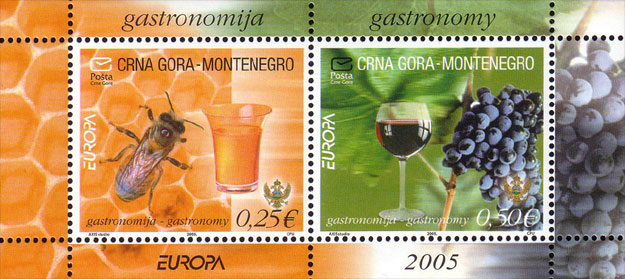We have been pondering on the significance of the laboratory evidence from Bee Researchers in France and the US that the administration of tiny amounts of a systemic neonicotinoid, imidacloprid, to bees was associated with a weakening of bee immunity, such that they became more susceptible to bee diseases. and decided to look more closely at the patterns of recent deaths/epidemics in the UK, Europe and the US, involving a variety of other wildlife. According to scientists from Turkey “thousands of bumblebee colonies are reared in the laboratories and they are being shipped to different countries over the last 10 years”. The development of breeding techniques has allowed pollination to be controlled “especially during the off seasons”. Health concerns by the importing countries led them to investigate pathogens in wild populations of bumble bees [1].
In 2006 they collected 578 mated Bombus terrestris queens from different regions in Turkey and found a wide range of bacterial and parasitic infestations, both internal and external. Infestations in wild populations ranged from 9% to 41% and the authors observed that heavily infested queens cannot establish colonies. In 2008 Goulson, Lye & Darvill reported bumblebee declines in the UK, but at that stage, they were not as drastic as in the US [2]. In 2009 Williams and Osborne confirmed the declines of some species in Europe, North America and Asia, and suggested that pathogens may be having a stronger effect for a few species in some regions [3]. They said that variations in susceptibility to threat factors, such as pesticides, “have yet to be studied”.
References
[1] Cankaya, N.E., Kaftanoglu, O. (2006) An investigation on some diseases and parasites of bumblebee queens (Bombus terrestris L.) in Turkey. Pakistan Journal of Biological Sciences 9: 1282-1286.
[2] Goulson, D., Lye, G.C., Darvill, B. (2008) Decline and conservation of bumble bees. Annual Review of Entomology 53: 191-208.
[3] Williams, P.H., Osborne, J.L. (2009) Bumblebee vulnerability and conservation world-wide. Apidologie (Celle) 40: 367-387.
Authors:
Dr Rosemary Mason, MB, ChB (Hons), D.Obst. RCOG, FRCA.
She worked in the UK National Health Service for about 35 years in: General Hospital Medicine and Obstetrics 3 years; Training in Anaesthetics and Intensive Care 8 years; Consultant Anaesthetist (Anesthesiologist) 25 years. Author of Anaesthesia Databook; A perioperative and peripartum manual (600 pages) as a practical resource for trained anaesthetists. 1st edn. 1989, 2nd edn. 1994, 3rd edn. 2001; reprinted in 2009.
Assistant Editor of Anaesthesia, Journal of the Association of Anaesthetists of Great Britain and Ireland, 1990 – 2000.
Palle Uhd Jepsen, former Senior Adviser in Wildlife Management and Nature Conservation for the Danish Forest and Nature Agency, Ministry of the Environment. Research on the feeding ecology of goldeneye. Before his retirement he was a member of the Danish Delegation on the Ramsar Convention on Wetlands, International Whaling Commission, Bonn Convention on Migratory Species, ASCOBANS (Agreement on Conservation of Small Cetaceans in the Baltic and North Sea) and Wetlands International. Adviser on Site Management for International Projects in Thailand, Malaysia, Belarus, Northern Ireland and Estonia.
Author of several books on natural and cultural history in Denmark; also natural history in the Arctic.
27th May 2011

- Login om te reageren
